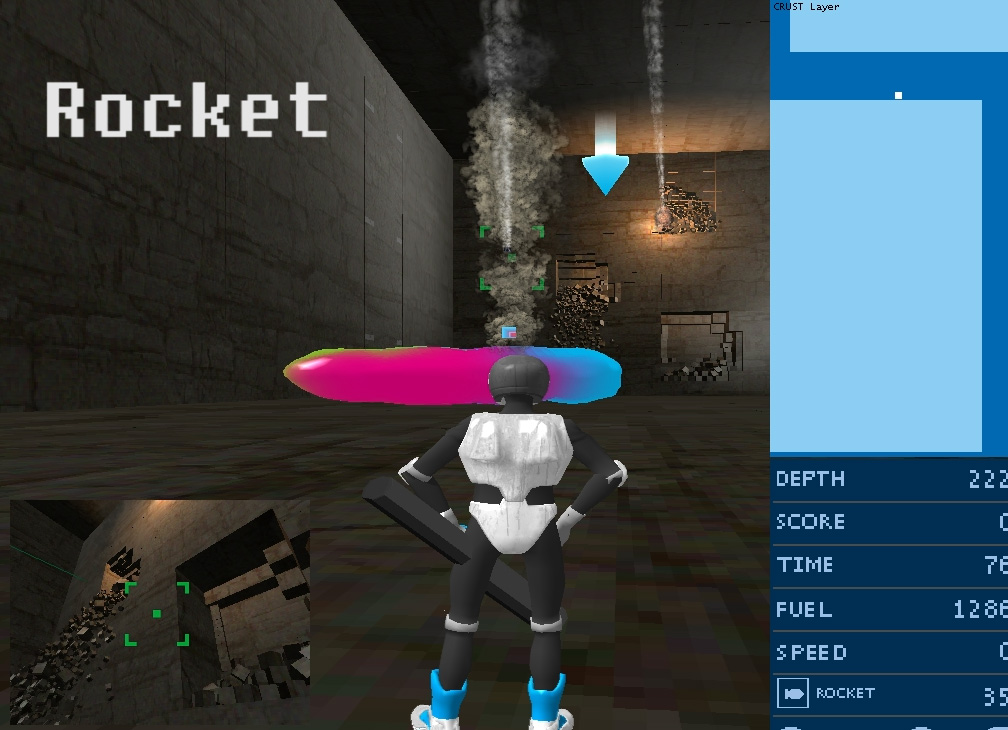


All 34 experts rated themselves as at least slightly concerned about the potential for satellite overcrowding to impact astronomers' ability to detect asteroids.

The survey covered topics relating to near-Earth asteroids (NEAs) and their detection. Another factor for HIP 65426 b's dimness is how far away it is from its parent star, with estimations putting its orbit around HIP 65426 at 100 times the distance between the Sun and Earth.Ĭontinue reading: NASA's Webb digs for space treasure, takes 1st picture of alien world (full post) This AI-generated artwork just won first place in a state competition As for HIP 65426 b, this exoplanet is about 10,000 times fainter than its local star in the near-infrared, and a couple thousand times fainter in mid-infrared light. Notably, exoplanets aren't particularly easy to spot as they are much fainter than the stars their orbiting. Webb followed up on previous observations of the star and using its infrared instruments the space telescope focused on the exoplanet HIP 65426 b. Using Webb's Near-Infrared Camera (NIRCam) and the Mid-Infrared Instrument (MIRI) the high-tech space telescope was able to capture a gas giant planet orbiting the star called HIP 65426, which was first discovered in 2017 with the Very Large Telescope located in Chile.


 0 kommentar(er)
0 kommentar(er)
